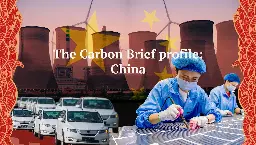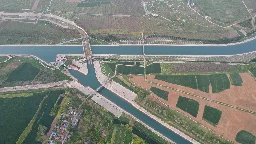Search
Building economies that place people’s human rights at the center
> According to UN Human Rights, a human rights economy places people and the planet at the heart of economic policies, investment decisions, consumer choices, and business models, with the goal of measurably enhancing the enjoyment of human rights for all.
> Deepening inequality remains a key obstacle to achieving globally agreed ambitions of the 2030 Agenda for Sustainable Development, its Sustainable Development Goals (SDGs) and the promise to leave no one behind.
> “We need to work together and harder to truly place human rights at the core of all dimensions of sustainable development,” he said.
> According to Türk, a human rights economy seeks to “redress root causes and structural barriers to equality, justice, and sustainability, by prioritizing investment in economic, social and cultural rights.”
Human Rights Council (HRC) Annual Report
> Deeply concerned that persons with psychosocial disabilities and current or potential users of mental health services continue to be subject to, inter alia, widespread, multiple, intersecting and aggravated discrimination, stigma, stereotypes, prejudice, violence, abuse, social exclusion and segregation, unlawful and arbitrary deprivation of liberty, and institutionalization, overmedicalization and treatment practices that fail to respect their autonomy, will and preferences,
From Concept to Reality: The Evolution of Nuclear Safety Protocols | Nuclear Insider
In a display of adaptability, the rule takes into sharp focus the unique technological advancements and nuanced characteristics intrinsic to Small Modular Reactors (SMRs) and other emerging technologies.
The rule’s core essence lies in its meticulously designed emergency preparedness framework, characterized by an all-encompassing, technology-embracing, and consequence-driven approach. At its heart, this framework features a methodology to determine the scope of the offsite emergency planning zone encircling a facility. An innovative aspect surfaces in its potential utility for SMR and new technology applicants and licensees, offering a dynamic performance-based alternative to the traditional offsite radiological emergency planning criteria.
Casting its regulatory net wider, the rule’s purview extends to SMRs and a range of technological variants, encompassing non-light-water reactors, pioneering research and test reactors, and specialized medical radioisotope facilities. Yet, a distinctive hallmark is the exemption of certain entities: large light-water reactors boasting a thermal capacity exceeding 1000 MW, fuel cycle facilities, and presently operational research and test reactors. This subgroup shall remain subject to the existing regulatory paradigms.
The Carbon Brief Profile: China
China has the worlds's largest greenhouse gas emissions.

Despite being the biggest emitter today, however, China’s 11% share of cumulative emissions since the industrial revolution is much smaller than that of the US (20%), which has a population of one quarter the size of China. China also ranks lower than many other major economies when it comes to per-capita emissions. In 2019, its per-capita emissions were slightly higher than the global average, but similar to Germany’s, about half those of the US and one-third those of Australia’s.
Unpacking China's climate priorities | Brookings
The stark reality for China’s leaders is that climate change could threaten the country's stability and the longevity of CCP rule.

Unlike its Western counterparts, though, China’s climate change policies have since the early 2000s accorded greater priority to adaptation than to mitigation. Consequently, its key mitigation targets, to peak greenhouse gas emissions by 2030 and achieve carbon neutrality by 2060, are not very ambitious given its ability to focus resources and centralize decisionmaking and implementation.
...
Behind this feel-good terminology is a series of adaptation plans, policies, and projects that are startling in their scope and objectives. As Freymann details, these efforts include “constructing the largest water transfer system in human history; expanding and raising nearly 6,000 miles of sea walls along its coasts; building a strategic grain reserve larger than the rest of the world’s combined; carving wetland flood basins in the centers of its largest cities; restoring coastal wetlands to act as buffers against storms; and relocating hundreds of thousands of ‘ecological migrants’ in low-lying areas.”
South Africa's Naledi Pandor exposes the West's Double Standards in Ukraine

YouTube Video
Click to view this content.